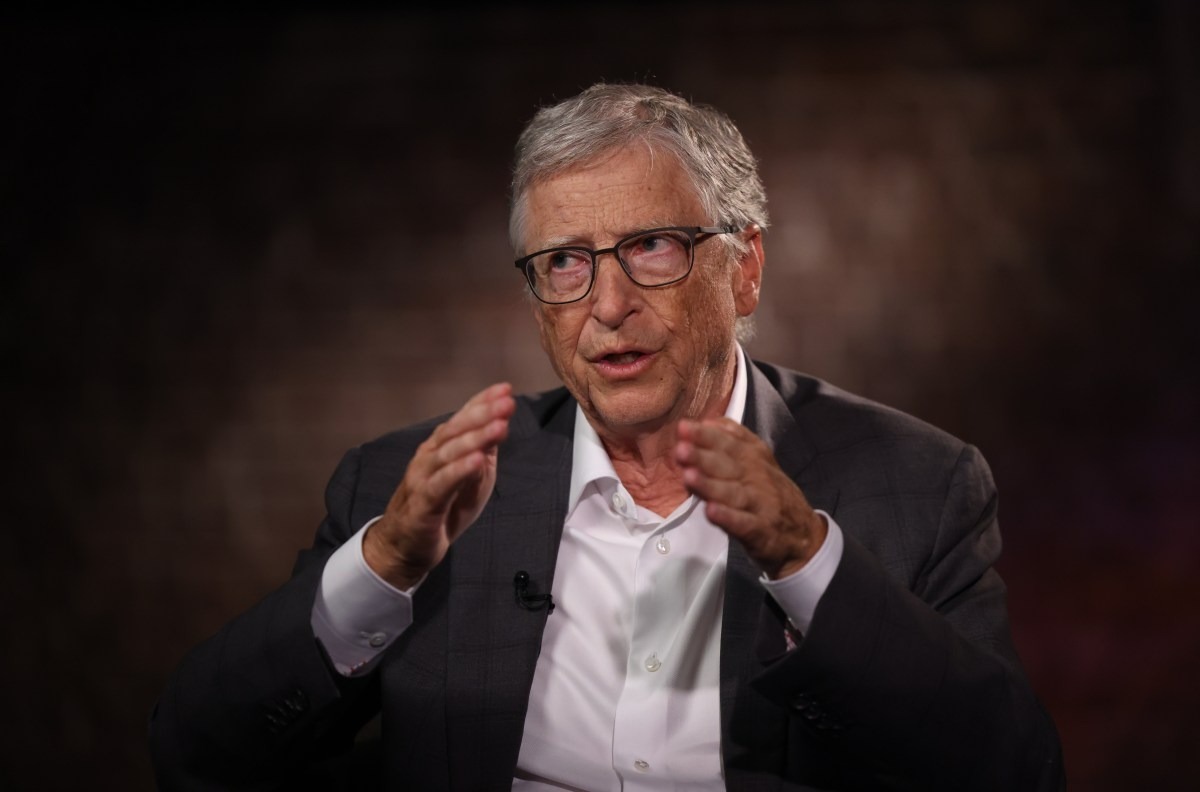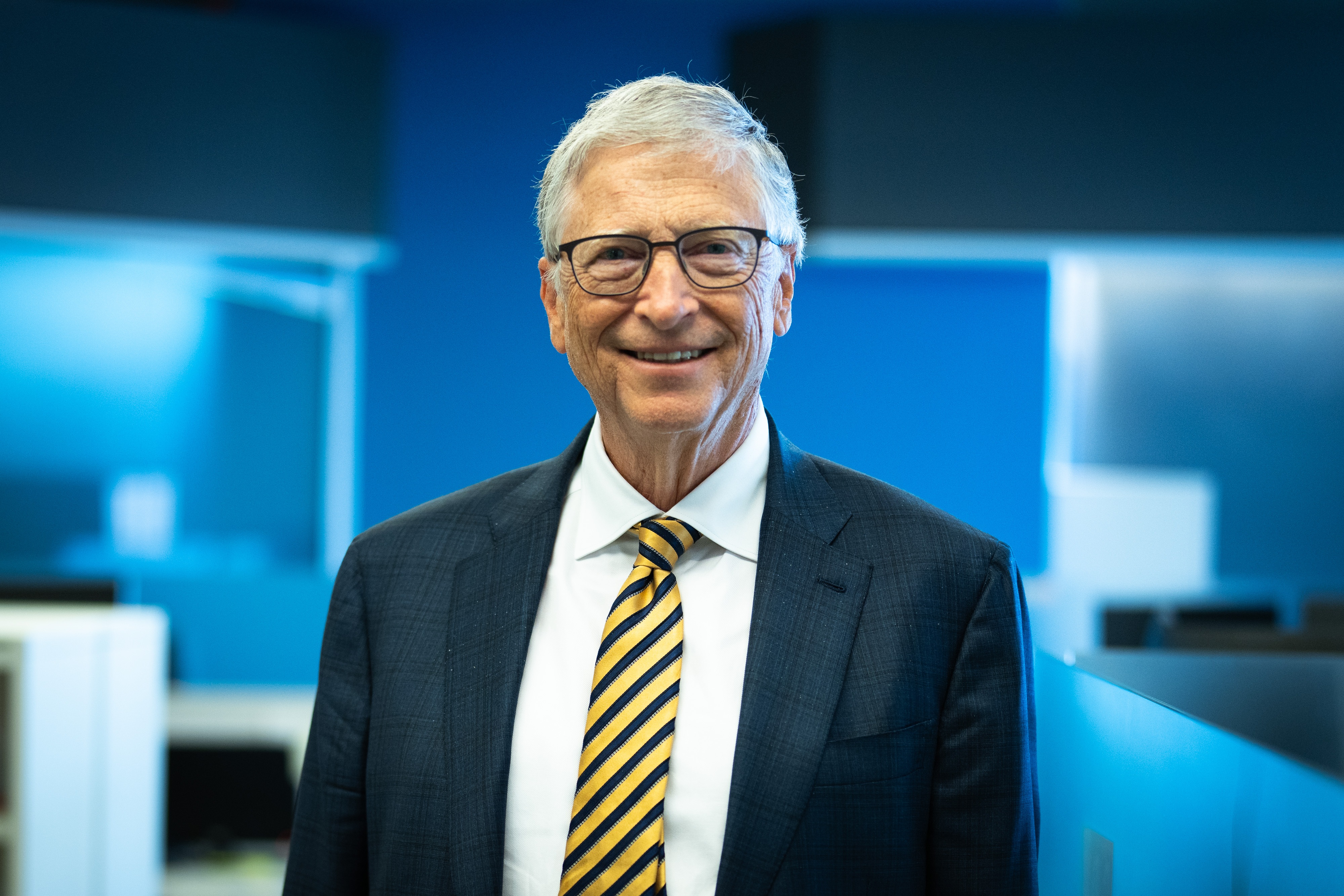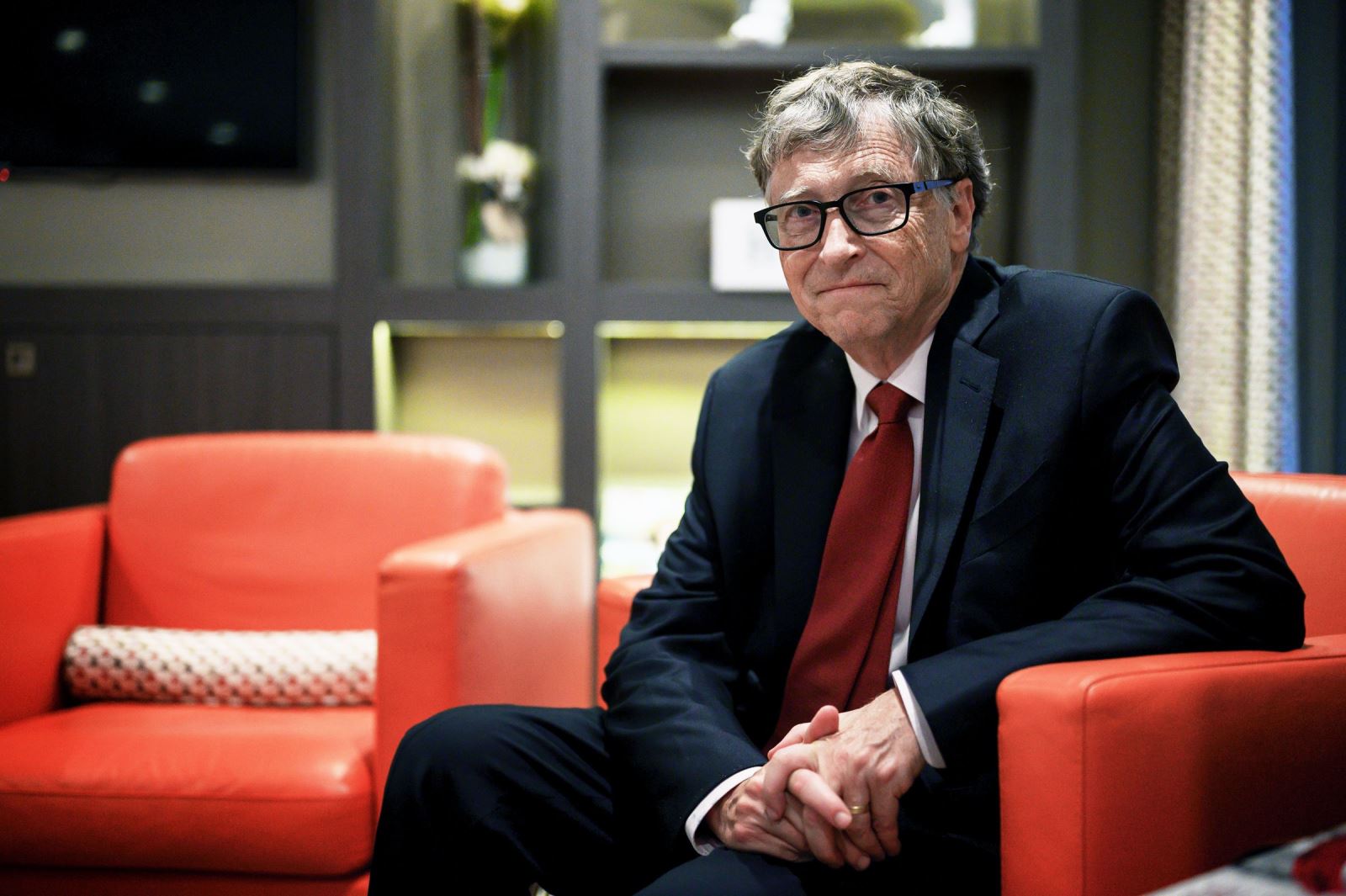:quality(75)/bill_gates_la_ai_4317e1919a.png)
Bill Gates has never shied away from bold investments in the technologies he believes can change the world, but his recent fascination with geothermal energy may be one of his most forward-looking ventures to date.
The billionaire philanthropist, tech pioneer, and long-time climate advocate recently visited the site of Fervo Energy’s latest geothermal project and walked away describing the experience as “mind-blowing.”
For Gates, who has long supported the transition to renewable energy through organizations like Breakthrough Energy Ventures, this latest revelation adds another dimension to his growing portfolio of clean energy ambitions.
The visit signals not just curiosity, but active endorsement and strategic interest in an energy source that has often been underappreciated in the global shift away from fossil fuels.
Geothermal energy, derived from the natural heat stored deep within the Earth, is one of the few clean energy sources that can provide constant, 24/7 power without being reliant on sunlight or wind conditions.
Unlike solar and wind, which fluctuate based on weather and time of day, geothermal is consistent and highly efficient once operational.
However, its adoption has lagged due to high upfront costs and technical challenges associated with drilling and harnessing subterranean heat.

Fervo Energy, the company Gates visited, is seeking to change that with advanced drilling techniques borrowed from the oil and gas industry.
By leveraging directional drilling and fiber-optic sensors, Fervo is working to unlock geothermal potential in areas previously considered unsuitable for such development.
Bill Gates’ excitement is not just a casual endorsement; it’s a culmination of years of research, investment, and belief in science-driven innovation.
Through Breakthrough Energy Ventures, a $1 billion fund he co-founded in 2015, Gates has put money behind a variety of renewable technologies, from next-generation nuclear to grid-scale storage solutions and now geothermal.
The goal of Breakthrough Energy Ventures has always been to find scalable solutions that can significantly reduce greenhouse gas emissions, particularly in hard-to-abate sectors like heavy industry, transportation, and power generation. Geothermal, with its potential for reliable and clean base-load energy, fits that mission perfectly.
Gates’ endorsement also carries strategic weight. His name brings attention and validation to a field that has long struggled to gain traction in the public eye or receive the kind of investment lavished on solar and wind projects.
With global energy demand expected to rise in the coming decades, and with climate change accelerating the need for clean alternatives, geothermal’s moment may finally be arriving.

Gates sees this not just as an environmental imperative, but also as an economic opportunity. In his view, technologies that solve the climate crisis will also define the industries of the future, and those who invest early will help shape the next era of global infrastructure.
The significance of his visit to Fervo Energy’s site goes beyond mere optics. It suggests a deeper interest in scaling the technology and bringing it to mainstream markets.
Gates has repeatedly emphasized that solving climate change requires more than just political will; it requires real technological breakthroughs that can compete on cost and reliability with fossil fuels.
His support of Fervo points to a belief that geothermal energy is on the cusp of such a breakthrough.
The company’s innovations, if proven viable at scale, could allow geothermal projects to be deployed faster and more affordably, making them a compelling option even in regions without traditional geothermal activity.
This is not the first time Gates has turned his attention to energy innovation. In his 2021 book How to Avoid a Climate Disaster, he outlined the importance of addressing energy sources, storage, and transmission if the world is to achieve net-zero emissions by 2050.
Geothermal was mentioned as a potentially vital part of this mix, especially in terms of providing reliable power to balance intermittent sources.

What makes geothermal particularly attractive now is the convergence of new drilling technologies, increased investment, and a broader political and public consensus on the need for decarbonization.
Gates is essentially placing a bet that geothermal can join the ranks of mainstream renewable energy options, not just as a niche solution but as a key player in the global energy mix.
There is also a geopolitical angle to Gates’ geothermal push. The United States, despite being one of the early adopters of geothermal in the 20th century, has fallen behind in recent years.
Countries like Iceland, the Philippines, and Kenya have taken the lead in tapping geothermal potential, often out of necessity due to their volcanic geology or limited fossil fuel reserves.
With Gates’ backing, there’s an opportunity to reignite American leadership in this space. Fervo Energy’s approach of using proven techniques from the fracking revolution to enhance geothermal access could provide the technical and economic breakthrough needed to make the U.S. a geothermal leader once again.
Critics may argue that geothermal still faces hurdles, particularly in terms of environmental concerns related to drilling, seismic activity, and water usage.
However, Gates and others in the clean energy community believe these challenges are manageable, especially when compared to the catastrophic risks posed by continued fossil fuel dependence.
Moreover, new closed-loop geothermal systems, which circulate fluids without interacting with surrounding rock or aquifers, are being developed to minimize environmental risks and expand potential deployment zones.

The momentum behind geothermal is also evident in the policy landscape. The U.S. Department of Energy has launched new funding programs to support geothermal exploration, and several states are including geothermal in their renewable portfolio standards.
Gates’ involvement could amplify these efforts, creating a virtuous cycle of public and private investment. As with solar power a decade ago, a few well-timed bets and technological breakthroughs can dramatically reshape public perception and investor interest.
It’s worth noting that Gates’ advocacy is not driven by profit alone. While Breakthrough Energy Ventures is a for-profit fund, its stated mission is to achieve meaningful reductions in carbon emissions.
Gates has pledged to donate most of his wealth and has consistently used his public platform to raise awareness about global health, poverty, and climate change.
His excitement over geothermal energy should be seen in that context—a billionaire technologist using his resources and influence to drive the next phase of the clean energy transition.

His enthusiasm also reflects a broader optimism about humanity’s ability to solve its most complex problems through innovation.
Gates has often said that while climate change is daunting, he remains hopeful because of the ingenuity of scientists, engineers, and entrepreneurs.
Geothermal is just one piece of the puzzle, but for Gates, it represents a scalable, science-based solution that can help bridge the gap between ambition and reality.
In the final analysis, Bill Gates’ deepening interest in geothermal energy marks an important moment in the clean tech landscape.
It validates years of research and quiet development by geothermal pioneers and sends a powerful signal to other investors and governments. If Gates is right—and if companies like Fervo Energy can deliver on their promise—geothermal may soon move from the shadows into the spotlight as a cornerstone of a zero-carbon future. It’s a future where the heat beneath our feet could power the world above, and thanks to Gates’ advocacy, that vision might be closer than we think.



-1750586894-q80.webp)